Omo Valley Tribes Tours , Explore Ethiopia’s Living Cultures
The Omo Valley in southwestern Ethiopia is one of the most culturally rich and remote regions in Africa. Home to over 1G distinct ethnic groups, the valley offers a rare opportunity to experience traditional ways of life that have remained largely untouched for centuries.
Despite living in some of the country’s harshest and most isolated environments, the tribes of the Omo Valley have preserved their ancient customs, languages, and identities. Their decorative traditions are especially striking—featuring elaborate body painting, clay facial designs, scarification, beadwork, feathers, jewelry, and lip and ear plates. Their clothing is often minimal, made from animal skins and natural materials, but their appearance is always vibrant and meaningful. Each tribe has its own unique aesthetic and rituals that distinguish it from its neighbors.
Explore our full list of Omo Valley Tribal Tours and start planning your journey.
Whether you’re short on time or looking for a deeper cultural journey, we offer flexible tours that connect you with the region’s most fascinating tribal communities:

3-Day Omo Valley Tour
Start your journey from Ethiopia’s vibrant capital with a full road expedition.

4-Day Omo Valley Tour
Begin with a scenic flight from Addis Ababa to Arba Minch—your gateway to the southern Omo Valley.

5-Day Omo Valley Tour
Begin with a scenic flight from Addis Ababa to Arba Minch—your gateway to the southern Omo Valley.
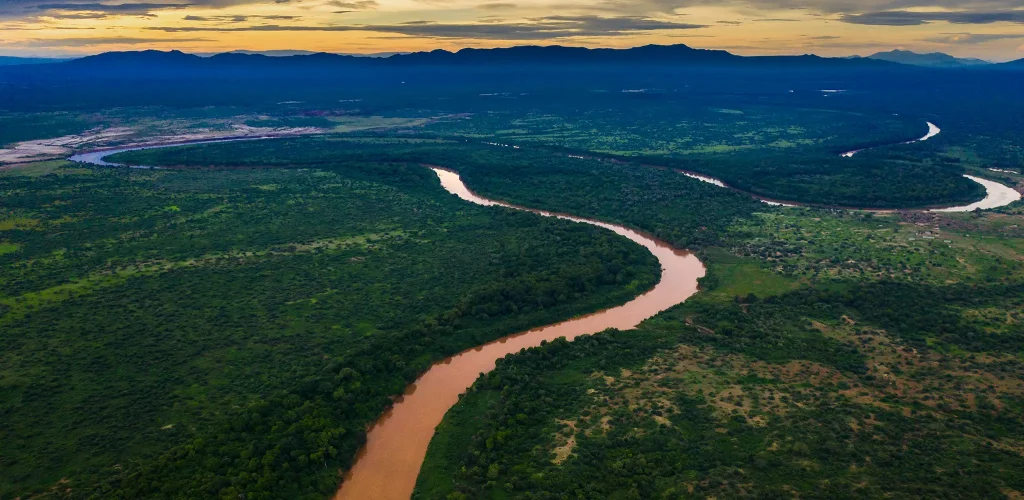
6-Day Omo Valley Tour
For those who want to focus on the heart of the Omo Valley, starting from Jinka accessible via domestic flights is the most direct route
Daily Life in the Omo Valley
Livestock—especially cattle, goats, and sheep—play a central role in the daily life and economy of most tribes. Cattle are a primary source of milk, blood, meat, and hides, and are deeply tied to cultural rituals and marriage customs, where they serve as “bride wealth” in dowries. In times of drought, herds are a crucial defense against hunger, and young men often migrate with them in search of fresh grazing land, surviving on milk and blood alone.Honey production and beekeeping are also widely practiced. Honey is used both as food and for income. Milk is primarily consumed at home, while butter is sold at markets and used for cosmetic and ritual purposes—especially in hair styling and skin treatments for both men and women.
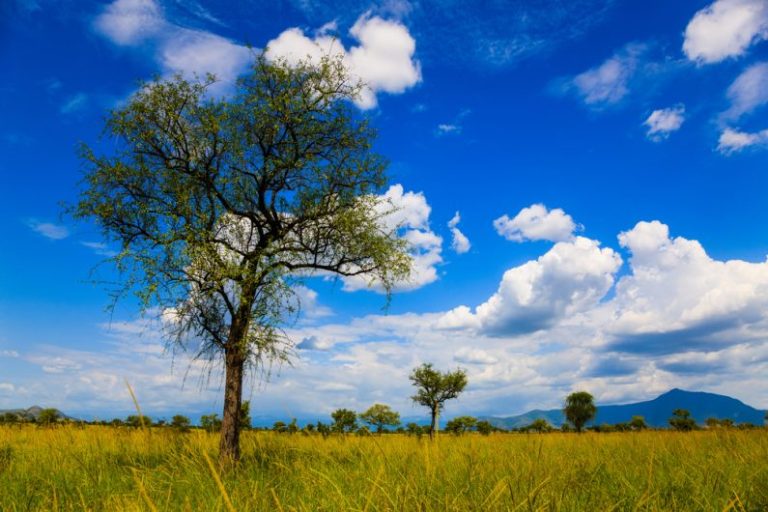
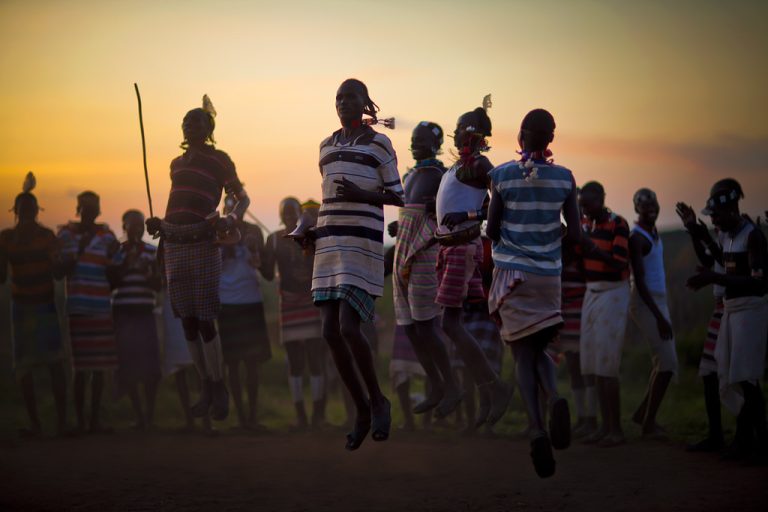
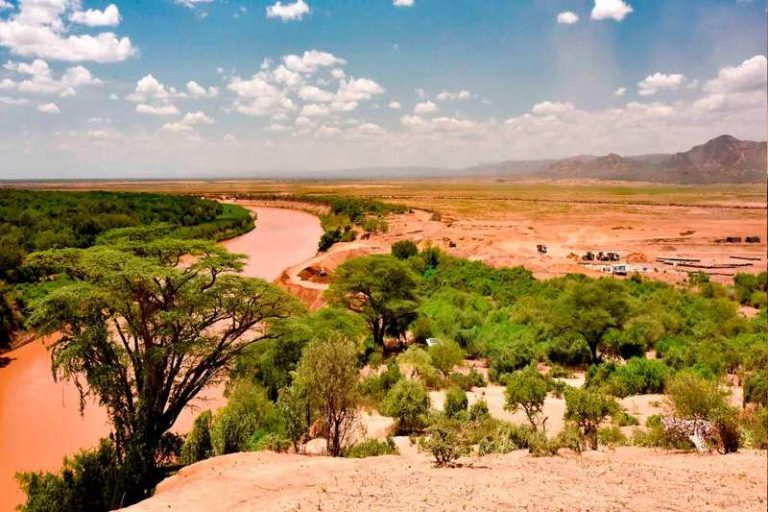
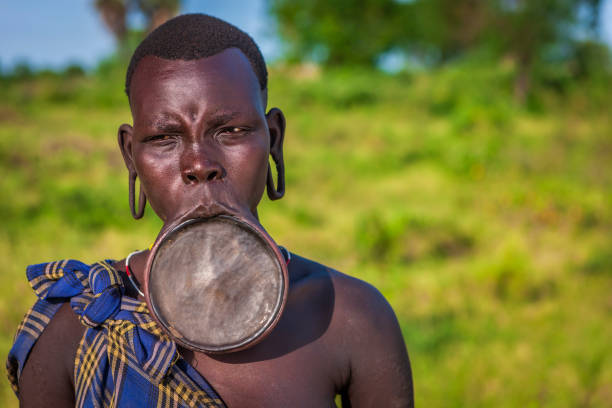
Who Are the Tribes of the Omo Valley?
The tribes of the Omo Valley belong to different linguistic families, including Nilo-Saharan, Omotic (which is native to the region), and Cushitic. Each group has its own language, traditions, and identity. Major Tribes of the Omo Valley by Linguistic Group
| Nilo-Saharan | Omotic | Cushitic |
|---|---|---|
| Mursi | Karo (Kara) | Dassanech |
| Suri (Surma) | Hamar (Hamer) | Arbore |
| Nyangatom | Ari Tribe | Tsemay (Tsamay |
| Bodi Tribe | Banna (Bana) Tribe | Birale |
| Kwegu (Muguji) | Malle (Maale) | |
| Murule | Dime | |
| Bacha |

Where is the Omo Valley Located?
The Omo Valley lies in southwestern Ethiopia, near the border with Kenya. It is part of the South Omo Zone in the Southern Nations, Nationalities, and Peoples’ Region (SNNPR). The region is home to two of Africa’s major language families—Nilo-Saharan and Afro-Asiatic—with Omotic and Cushitic subgroups represented.

Which Is the Largest Tribe in the Omo Valley?
While Ethiopia’s largest overall ethnic group is the Oromo, the Ari tribe is the most populous in the Omo Valley. They inhabit the area around Jinka and are known for their agriculture, pottery, and vibrant traditional clothing.

Why Visit the Omo Valley with Omo Region Tours?
We’re proud to be the top-rated local operator in the Lower Omo Valley on TripAdvisor, offering day trips, multi-day cultural expeditions, and fully customizable tours. Whether you’re interested in attending a bull-jumping ceremony, visiting a tribal market, or photographing painted Kara tribesmen by the Omo River, we make it possible with care and cultural respect.
